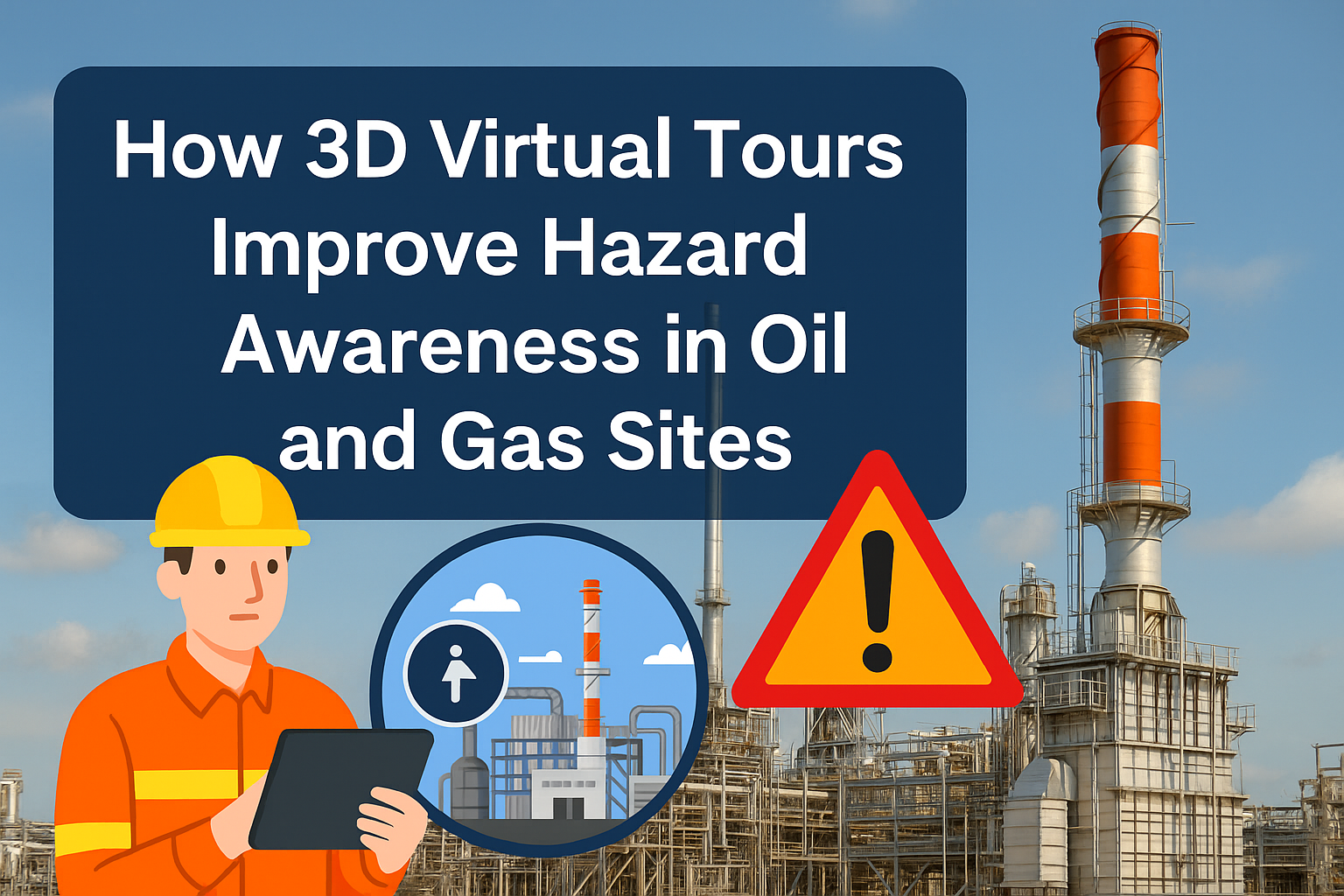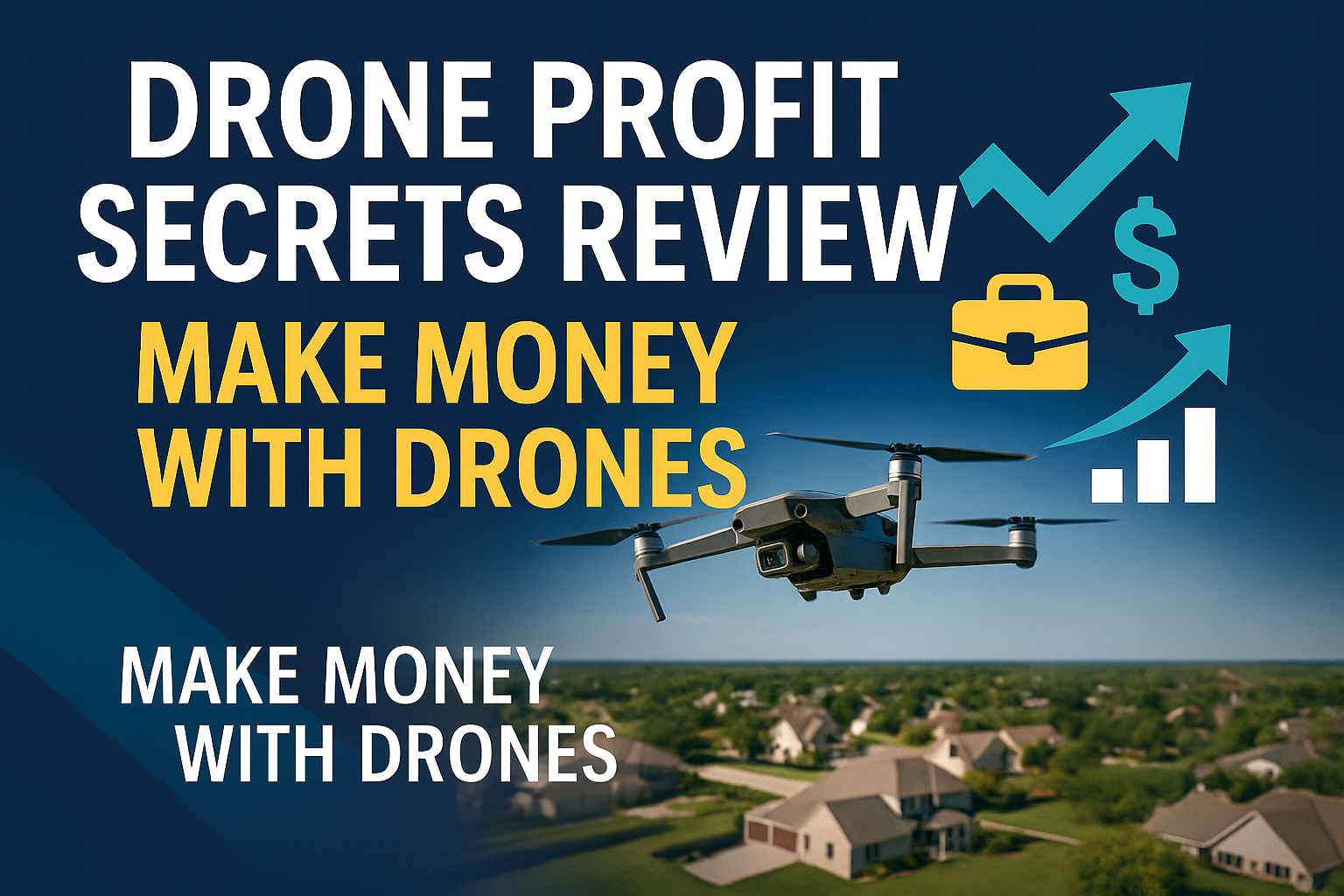🛢️ How 3D Virtual Tours Improve Hazard Awareness in Oil and Gas Sites
In the oil and gas industry, every worksite holds hidden risks — high-pressure equipment, volatile chemicals, flammable materials, and complex operating zones. ⚠️
The key to keeping workers safe? Proactive hazard awareness.
That’s why more energy companies are using 3D virtual tours to boost their safety training and site visualization efforts. These immersive tools help teams recognize dangers before they step foot on site — reducing accidents, improving readiness, and ensuring compliance. 🎯
In this guide, we’ll explore how 3D virtual tours are revolutionizing hazard awareness across upstream, midstream, and downstream operations — with internal links to oil and gas blog content you won’t want to miss.
🎥 What Are 3D Virtual Tours?
A 3D virtual tour is an immersive, interactive walkthrough of a real oil and gas site — created using 360° cameras, lidar, photogrammetry, or 3D modeling tools.
These tours allow users to:
- Navigate job sites remotely 🧭
- Identify hazard zones 🔥
- View safety procedures in context 🧯
- Click on PPE markers and emergency exits ✅
- Take quizzes or training modules in real time 📋
They can be accessed from desktop, mobile, or VR headsets, making them scalable across remote crews and contractor teams.
🔗 New to this tech? Read How Virtual Tours Are Transforming Oil and Gas Safety Training
🔍 Why Hazard Awareness Matters in Oil & Gas
From confined spaces to H2S exposure zones, every oilfield, rig, or refinery has invisible dangers that workers must learn to navigate.
The problem? Traditional safety training methods often:
- Lack spatial context
- Don’t reflect current site conditions
- Rely on passive learning (manuals, PDFs, videos)
✅ 3D tours provide a visual, experiential solution — giving teams hazard awareness in real environments, even before their first shift.
✅ 7 Ways 3D Virtual Tours Boost Hazard Awareness
Let’s break down exactly how these immersive tours improve real-world safety on the job site:
1. 🧠 Visualize Hazard Zones Before Entering the Site
With 3D tours, workers can “walk through” a location and see real hazard markers like:
- Chemical storage areas
- Electrical panels
- Fire zones
- Confined spaces
This spatial awareness improves decision-making from day one.
🔗 See it in action: Step Into Safety: Virtual Tours for Oil and Gas Industry Training
2. 🔊 Include Real-Time Alerts and Voiceover Prompts
Each hazard in the virtual tour can include:
- 🚨 Audio alerts
- 📋 Step-by-step emergency procedures
- 🔗 Click-to-review safety data sheets (SDS)
This creates an engaging, multi-sensory training experience.
3. 🌍 Standardize Training Across Sites and Regions
Whether you manage 3 refineries or 30 drilling rigs, 3D virtual tours let you deliver consistent hazard training — regardless of geography.
This helps eliminate training blind spots and reduce compliance risks.
💡 Learn how companies are scaling this in Why Oil and Gas Companies Are Adopting Virtual Tours for Safety Training
4. 🧪 Simulate High-Risk Scenarios Safely
You can’t always recreate fire hazards, H2S alarms, or blowout drills in real life — but you can simulate them virtually.
Use 3D tours to:
- Show what a leak looks like
- Highlight alarm systems
- Practice emergency evacuation routes
This helps workers internalize emergency procedures — without putting anyone in harm’s way.
🔗 Related: Virtual Tours for Oil and Gas Safety Training: What You Need to Know
5. 🧭 Help New Hires Navigate Complex Facilities
Oil and gas job sites can be confusing, especially for new hires or contractors.
3D tours give them:
- A visual understanding of their workspace
- Contextualized routes and checkpoints
- Familiarity with hazardous and restricted areas
This reduces first-week incident rates and increases safety confidence.
6. 📊 Track Who Has Seen Each Hazard Area
With integrated dashboards, managers can:
- See which trainees completed the tour
- Identify skipped zones or failed quizzes
- Send follow-up tasks for at-risk individuals
🧩 Learn more about training analytics in Boost Safety Compliance with 360° Virtual Training in Oil and Gas
7. 🔁 Keep Hazard Awareness Current with Easy Updates
If your refinery changes layout or a new hazard is added, just update the 3D tour.
There’s no need to reprint manuals or re-run live drills. Your safety content stays:
✅ Accurate
✅ Accessible
✅ Up-to-date
🛠️ Real Use Cases in the Field
🛢️ Offshore Platforms
- Evacuation routes
- Lifeboat access drills
- Hazardous zone recognition (Class 1 Div 1)
🏭 Refineries
- Chemical handling simulations
- Flammable storage area walkthroughs
- PPE station directions
⛽ Pipeline Inspection
- Right-of-way training
- Leak response simulation
- Pressure valve safety tutorials
For a complete overview, see Revolutionizing Safety: Virtual Tour Technology in Oil and Gas Training
📸 How to Build a Hazard Awareness Tour
You don’t need a Hollywood crew or a massive budget to build your first 3D training tour.
Step 1: Capture 360° Footage
Use a 360° camera like Ricoh Theta Z1 or Insta360 ONE X2 to record key hazard zones.
Step 2: Upload to a Platform
We recommend CloudPano — it’s fast, intuitive, and built for safety training.
Step 3: Add Interactive Hotspots
Include:
- Hazard markers
- Emergency links
- Quizzes
- Compliance checklists
Step 4: Distribute and Track
Share the tour with your team, track engagement, and update as needed.
🤖 What’s Next? AI + 3D Hazard Detection
Pairing 3D virtual tours with AI enables even more powerful training:
- Predict hazards based on tour interaction
- Auto-highlight high-risk zones
- Adapt training based on quiz results
- Generate compliance reports with one click
✅ Final Thoughts: See Hazards Before They Happen
3D virtual tours help oil and gas teams see hazards before they’re exposed to them, dramatically reducing risk and improving operational readiness.
If you're still using printed PDFs and PowerPoint decks for hazard training… it's time for an upgrade. 📈














.png)



.png)





.png)

.png)





